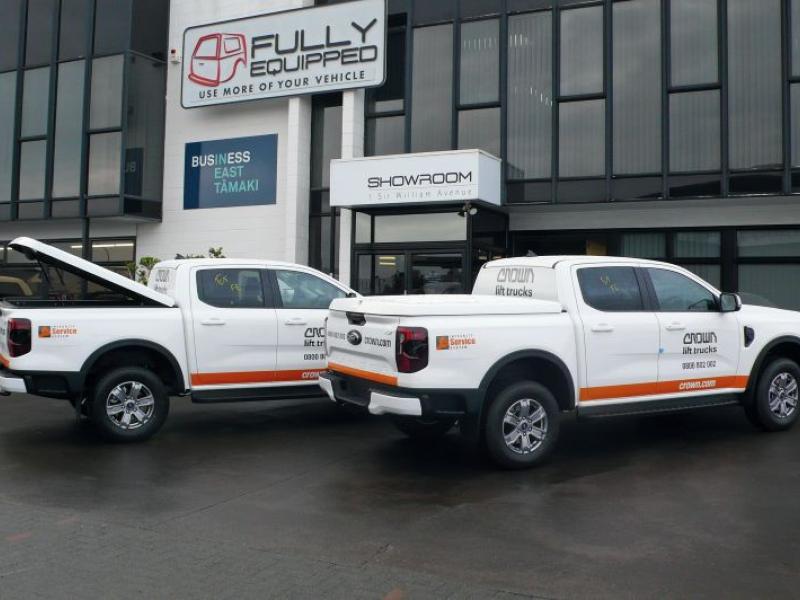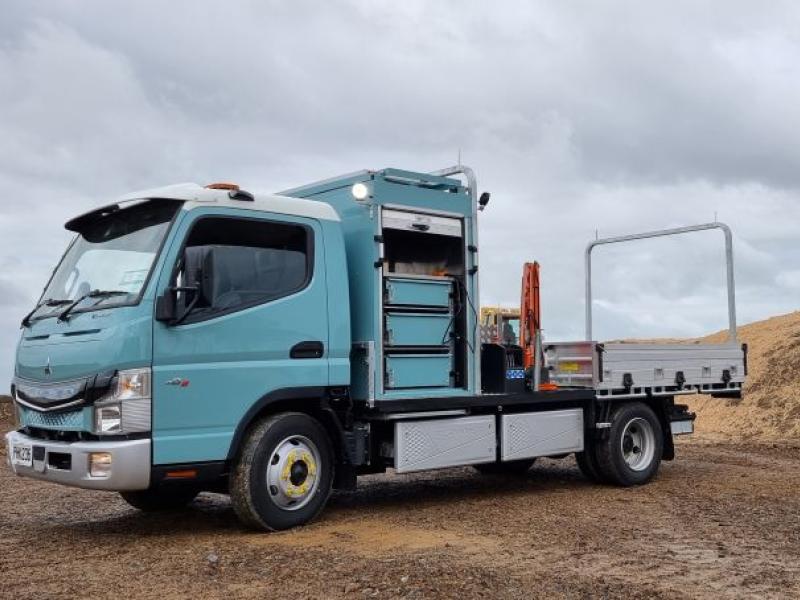| Peugeot has been in the transport industry for well over 100 years, starting asa manufacturer of push bikes way back in 1830, progressing to automobiles in 1882 then, in a rather uniquely French quirk, back to two wheels and motorcycles in 1898. For many years, post-World War 2, Peugeot was the leading provider of executive cars in France and other European countries, up until the 1970s when the French Government sought assistance from Peugeot to keep the ailing and virtually bankrupt Citroen alive. At this point the temptation to continue buying was too great and the newly-created group – PAG as it was known – also acquired Chrysler’s bankrupt European division. Buying Chrysler Europe led to the enlarged Peugeot Citroen group running losses in the early 1980s and turning to small cars for salvation – enter the Peugeot 205GTi which almost single-handedly kept the group alive. The late 1980s saw the large rear-drive 504 and subsequent 505 models dropped from the range, to be replaced by the front-drive 405 - and it is with the 405 that the ancestry of the 508 begins. The 405 was an unreserved success, certainly in the UK where it broke the stranglehold of the Ford Sierra and Vauxhall Cavalier on the “rep car” market. Peugeot woke up to this quite quickly, bringing out the 406 as a successor in 1995 and running it all the way through to 2004 when the highly desirable 407 broke cover. Nearly seven years have passed since the 407 took to the road, and a replacement was long overdue. Peugeot meanwhile had re-entered the large car segment with the 607, achieving little or limited success. Faced with abandoning the executive car segment for the second time in a generation Peugeot has taken the bold step of finding a middle ground by dropping both 607 and 407 and introducing a replacement that covers both segments. Welcome to New Zealand Peugeot 508. You’re going to face a tough challenge to achieve the goals your maker set for you, especially in the current economic climate and the mid-size segment, where the battle for buyers is intensifying. Add to that challenge the current change to low capacity, high output engines by your competitor European manufacturers and you can be in no doubt that your mettle will be tested. How will 508 meet these challenges? We spent six happy days driving the 508 Allure around town and into the countryside hoping to enjoy some “Quality Time” – the marketing line that Peugeot is using with the car – as well as some enjoyable driving time. We managed both. First impressions are vital in the motor industry and with just a few seconds to impress the 508 achieved its first goal; it looks impressive from any angle. Style and design are key factors to making a good impression, and the 508 did just that. The rounded, sleek lines are pleasing to the eye, enhanced by Peugeot’s long overdue decision to reduce the size of the front air intake to more acceptable proportions than those found on the 407. Peugeot design also managed to lengthen the cabin to reduce the bonnet snout, again something overdue on its midsize car. Open the doors to find a well-appointed interior – bearing in mind that the model we drove is the mid-range version – and those first impressions are favourable all round. Peugeot has chosen to go with a light coloured roof lining that contrasts favourably with the black interior finish, although the partial leather finish is quite dark. Balance of the interior is a mix of plastics, chromed and otherwise, and some nicely detailed leather complete with visible stitching. So far so good, unless you are a technophobe in which case take a deep breath, because even with the technology this could be the car for you. Peugeot NZ has chosen the entirely keyless option. Drop the RFID key into your pocket and let the technology do all the work, including locking and unlocking the doors via touch. “Touch” unlocking and locking of the doors is something comparatively new. Look closely at the 508 door handle and you’ll see two parallel horizontal “lines” looking for all the world like mini-sculptures. Touch them with light pressure and the car unlocks, the door mirrors swing out, and at night LED lights under those mirrors illuminate the door and ground, nice touch. All passengers and drivers of our sample 508 really appreciated the touch locking system, especially the ladies. Push button start is the order of the day, an option that has become increasingly familiar on many a car these days. Many years ago Lotus Formula One introduced a steering wheel that had buttons on it, phenomenally innovative for its time. Little did Colin Chapman know that within 30 years virtually every road car coming off the production lines has a steering wheel with buttons on it. The 508 is no exception. Its steering wheel controls a range of actions, including cruise control, sound system, phone – Bluetooth is standard – and trip computer. The Allure 508 has fewer buttons and controls than the top-of-the-range GT, some even hidden in a pull down panel to the right of the steering column, so if you prefer less high-tech stuff then this is the car for you. Looking around the 508 its quite clear that a great deal of thought has gone into creature comforts. The rear passengers get their own set of climate air controls to match the increased legroom, generous headroom and comfortable seats. Those in the back may also choose to use the window blinds on their doors and the one fitted to the rear window for increased privacy – especially useful for baby transport, one mother remarked. A shade under $55,000 will get you this 508 Allure, another $11,000 buys the top of the range GT with all the bells and whistles. Storage space on both models is almost identical, the door bins are large and generous; the centre arm rest bin is devoted to the driver hinged on the passenger side rather than the traditional rear. Open the glove box, and then close it as the space in there is dominated by the large vehicle handbook, making the title of glove box almost exactly that. The boot, despite being a touch shallow, also swallows a remarkable volume of baggage, golf clubs and shopping, handy in a company car environment. |
Peugeot want you to have quality time in this car, and so sound deadening is class leading, you can hardly hear the engine, and road noise is, to all intents and purpose, non-existent - even on our archaic chip-seal roads. Turn on the clear and crisp sound system and you can enjoy some very private quality time.
|






